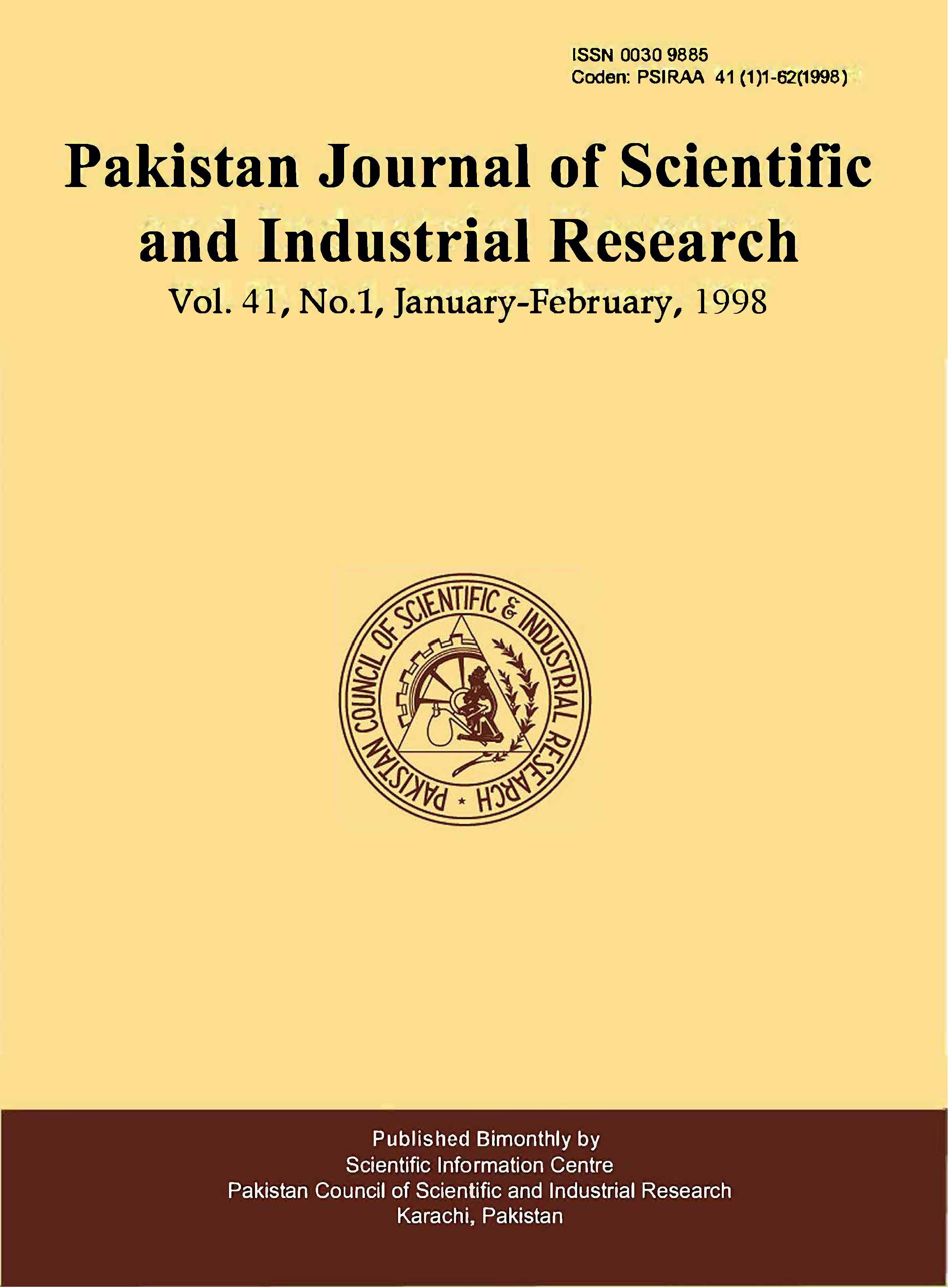?EFFECTS OF CHROME-SYNTAN-VEGETABLE COMBINATION RETANNAGE AND POLYMERIZATION (IN SITU) ON THE INTERNAL MEMBRANE OF BOVINE STOMACHS FOR EXOTIC LEATHER
Keywords:
Exotic leather, Heavy vegetable retanning, Polymerization.Abstract
Internal membrane of bovine stomach with poor hide substance (the leather making material), a solid waste
from slaughter house, was processed into exotic leather for value-added goods like ladies hand bags, purses,
wallets etc. Pure vegetable, synthetic/vegetable tanning or tanning of an unlimed membrane gave unsatisfac-
tory leather. Its thickness, hide substance, leatherity, thermal stability and strength properties were consider-
ably increased through polymerization in situ (urea formaldehyde) followed by chrome tannage and
synthetic retanning, and chrome-syntan-heavy vegetable combination retannage. Resin finishing contrib-
uted additional strength and beauty to the leather. In the former case the average thickness and shrinkage
temp. (Ts) were 0.8 mm and 135°C respectively with diminished surface area and coarse shrunken grain
affect. In the later case the average thickness and Ts were 0.7 mm and 128°C respectively with improved
stability, cutting value, better area yield with prominent natural grain patterns and about 9% more weight
gain than the former case. The tensile strength in both the cases was low i.e. 34.8 kg/ern? but was within the
limits of fancy light leathers.


